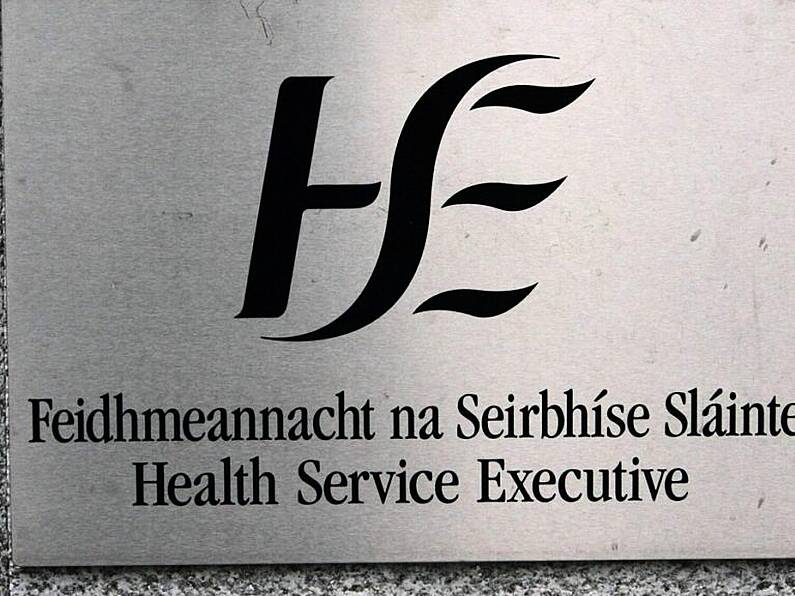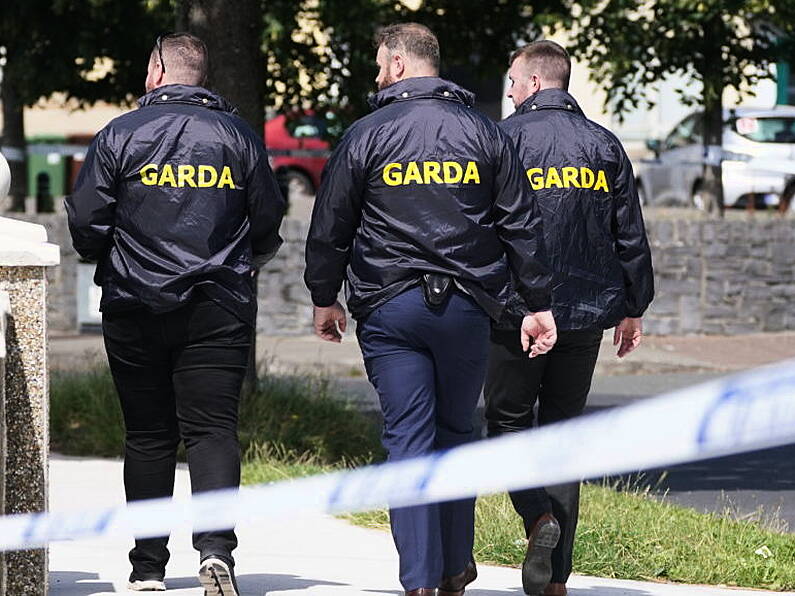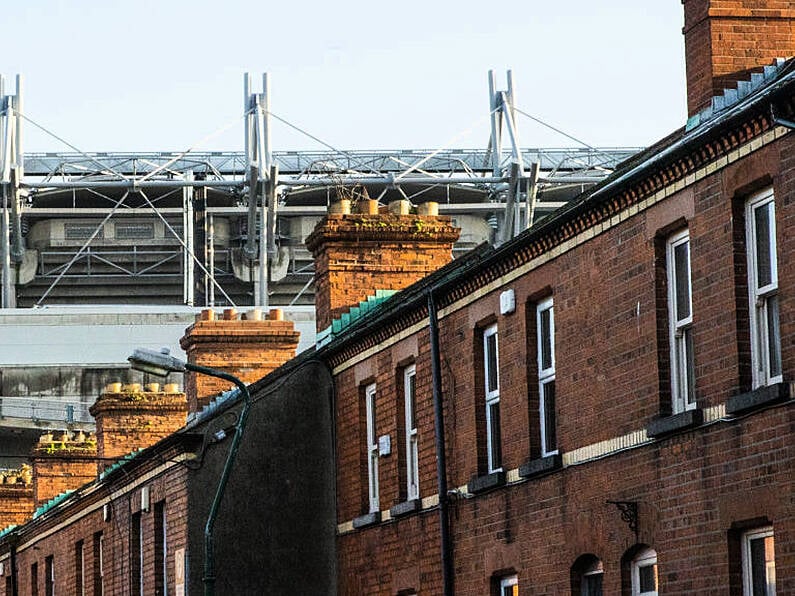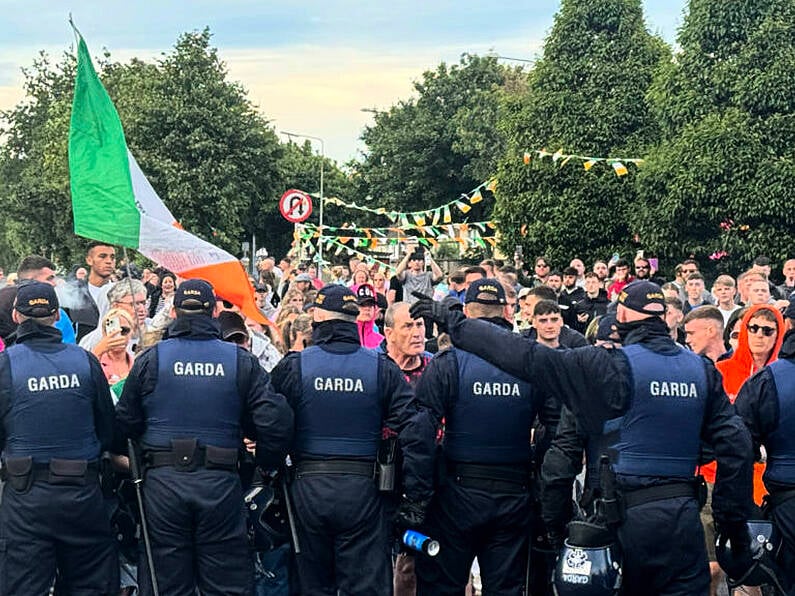A specialist addiction treatment centre run by the HSE for teenagers has warned about a revival of a dangerous challenge promoted on social media involving a dangerous cocktail of substances.
The HSE Adolescent Addiction Service has also expressed concern that young people attending its centre in Cherry Orchard Hospital in Ballyfermot last year reported receiving unsolicited messages with images of drugs online.
In its latest annual report, the service expressed concern about the revival of the “Lean Challenge” – a viral challenge, similar to the Ice Bucket Challenge, where nominated participants are filmed taking a potentially addictive mixture of substances.
Lean – which is also known as Purple Drank and Sizzurp – is produced from a few key ingredients mixed with a multitude of additives but is usually a combination of cough syrup containing codeine, carbonated lemon-lime soda and hard candy.
In some cases, sports drinks or alcohol are substituted to produce various flavours.
The report’s author and family therapist with the Adolescent Addiction Service, Denis Murray, said, a further problem with the use of “lean” is that some teenagers do not make the mixture themselves so there is no control over what they are taking.
Mr Murray added: “In circumstances where people are making the blend they are not giving consideration to the impact of mixing codeine, alcohol and other medications.”
He claimed it was essential for parents and other adults to be informed about trends in relation to substance use and other issues influencing young people’s lives.
“It is important to instil hope in young people and have an expectational approach to achieving good outcomes for them,” said Mr Murray.
The report also revealed that the number of teenagers referred to the service last year rose by 13 per cent to 60 with attendees having a history of using drugs for 17 months on average.
The number of young people referred to the service, which provides support and treatment for addiction issues to teenagers and their families from parts of west Dublin including Ballyfermot, Clondalkin, Palmerston, Lucan and Inchicore, has now increased annually over the past four years.
Referrals
Two-fifths of all referrals came from the Child and Adolescent Mental Health Service (Camhs) which was the most common source of referrals to the Adolescent Addiction Service in 2023.
Mr Murray said the level of referral from Camhs reflected the extent to which dual diagnosis featured among young people attending the service.
Almost 40 per cent reported having attention deficit hyperactivity disorder while almost 20 per cent had engaged in some form of self-harm.
The report showed that around two-thirds of teenagers had more than one behavioural issue.
Almost half of all young people referred in 2023 came from families with a history of substance misuse.
The report revealed that 48 per cent of teenagers attending the centre experienced drug use by close family relatives in the home – up from 42 per cent in 2022.
It showed that 3 per cent of teenagers were no longer in training or education, while a further 8 per cent were engaged in alternative education programmes.
School attendance
In addition, some young people were absconding from school or had poor school attendance figures.
On average, Mr Murray said the service had contact with three other agencies in relation to the care of teenagers.
The proportion of teenagers whose parents had separated doubled last year to 56 per cent from 28 per cent in 2022.
The report showed that cannabis/weed continues to be the main substance of use among teenagers referred to the service at 87 per cent, although it was as high as 99 per cent the previous year.
Alcohol was also consumed by 57 per cent compared to 35 per cent in 2022, while other substances reported included nitrous oxide (18 per cent), amphetamines (12 per cent), cocaine (8 per cent), ketamine (7 per cent), solvents (3 per cent) and LSD (2 per cent).
The report said opiates, such as heroin, did not feature in the figure except as a consequence of over the counter medication.
Mr Murray said there is also an increasing concern about the growing use of HHC – a legally available cannabis-like substance sold as either a vape or jelly sweet.
In addition to mental health issues, the report said teenagers using the service also reported other issues including school refusal, absconding, drug dealing, joyriding and issues around sexual/gender identity and unsafe sexual practices.
Approximately 7 out of every 10 teenagers referred to the service are male.
Mr Murray said young people were receiving mixed messages about drugs given the increasing level of tolerance for substance use within society and calls for the legalisation of all drugs.
He claimed some adults did not fully appreciate the consequences of substance use for young people, while also expressing concern about the significant influence of social media on youth culture and its impact on the mental health of young people.
Seán McCárthaigh
The latest news is available on our website Beat102103.com.






